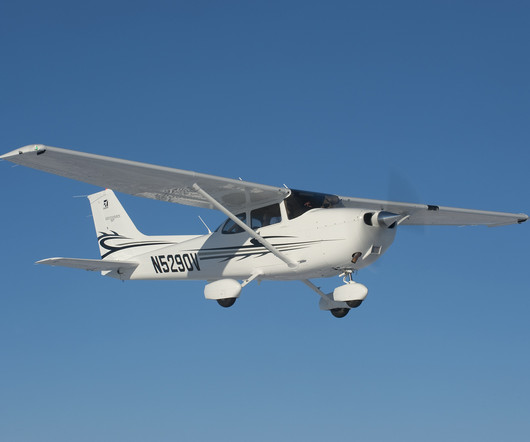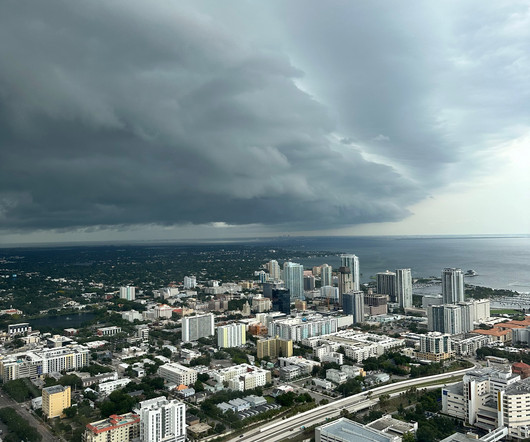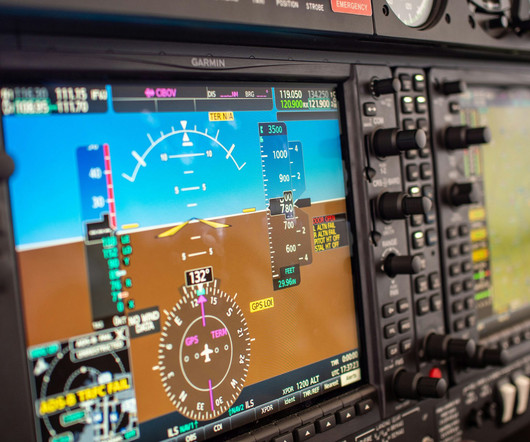Quiz: Airspace classifications and rules
Flight Training Central
MARCH 10, 2025
What is the minimum ceiling and visibility for takeoff, landing, or entering the traffic pattern of an airport in Class E airspace under visual flight rules? A ceiling of 1,000 feet and have visibility of at least 3 statute miles. Remain 500 feet below the clouds and have visibility of at least 1 mile.

















Let's personalize your content